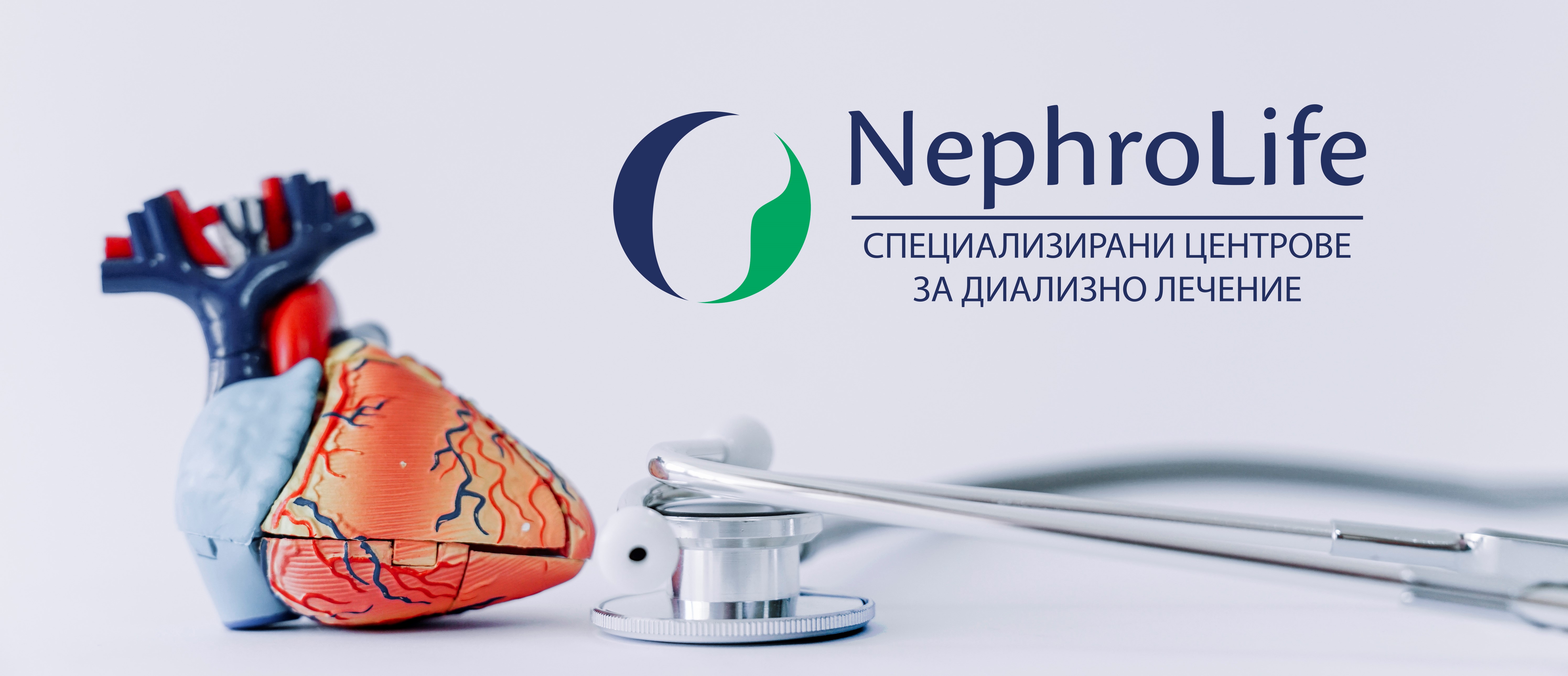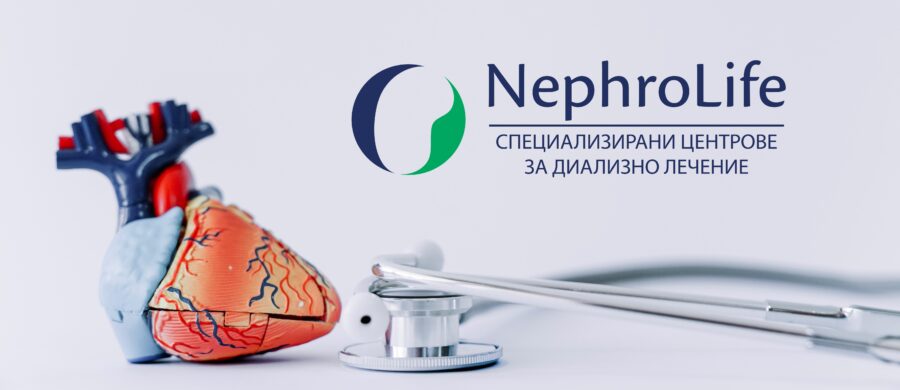Chronic kidney disease (CKD) is a global health problem and is often associated with an increased risk of cardiovascular disease.
Cardiovascular disease is the leading cause of morbidity and premature mortality in people with chronic kidney disease. Also, patients with renal insufficiency have been found to be at higher risk of complications. The presence of cardiovascular disease can be a risk factor for CKD. The connection between them also contributes to their pathogenesis and progression in patients with any of the specific health problems. This risk often increases with the progression of CKD and is evidenced by a deterioration in urinary function, usually manifesting as a decrease in glomerular filtration rate and an increase in proteinuria.
Hypertension, one of the leading causes of renal failure, is a major culprit in this process, causing left ventricular hypertrophy, dilatation of the heart chamber and increased stress, ischemia, heart failure and arrhythmias. In addition to impaired coronary microcirculation, hypertension may contribute to the development of atherosclerotic coronary artery disease, especially in the presence of many lipid abnormalities observed in end-stage renal disease.
Some of the causes of cardiovascular disease are:
- High blood pressure – high blood pressure (hypertension) is one of the most important risk factors for CVD.
- Smoking.
- High cholesterol.
- Diabetes.
- Overweight or obese.
- Family history of CVD.










